KMC to implement waste segregation and management across all wards
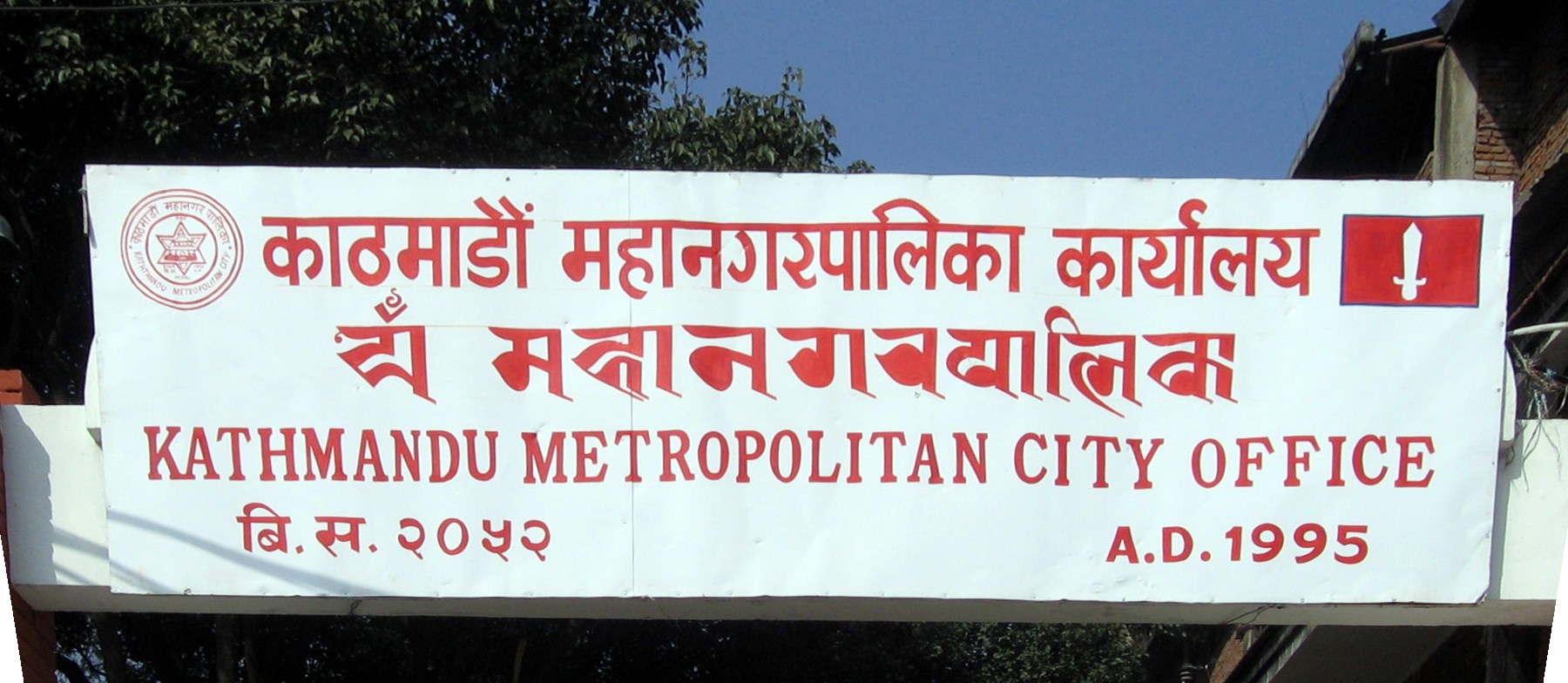
Kathmandu, November 18 — Kathmandu Metropolitan City (KMC) has announced plans to implement waste segregation and management in all 32 wards of the city.
According to the KMC's Environment Department, the decision comes in response to growing pollution at the landfill site in Bancharedanda. Transportation costs for waste collection and disposal have also risen. As a result, KMC plans to manage only segregated waste.
To make this happen, the department will hold waste producers more accountable. Sarita Rai, head of the KMC Environment Department, explained that both the Waste Management Act of 2011 and the Kathmandu Metropolitan City Environment and Natural Resource Conservation Act of 2021 legally require waste to be segregated at its source.
Currently, waste segregation is being implemented in wards 5, 10, 24, 25, and 26. KMC plans to extend the segregation process to the remaining wards soon. Under the new system, 20% of the waste produced at the source will be transported to Bancharedanda, while the rest will be managed through service providers.
Rai emphasized, "Waste produced in one area should not be dumped in another. For proper management, waste must be segregated at the source to reduce the amount being sent to the landfill."
Previously, waste from most wards, except for the inner nine, was managed by private organizations. Now, KMC plans to take over the waste management for all wards through designated service providers.
Currently, 1,600 metric tons of waste is generated daily across 18 local levels in the Kathmandu Valley. After the previous landfill site in Sisdol became full, waste has been managed at Bancharedanda for the past two years.




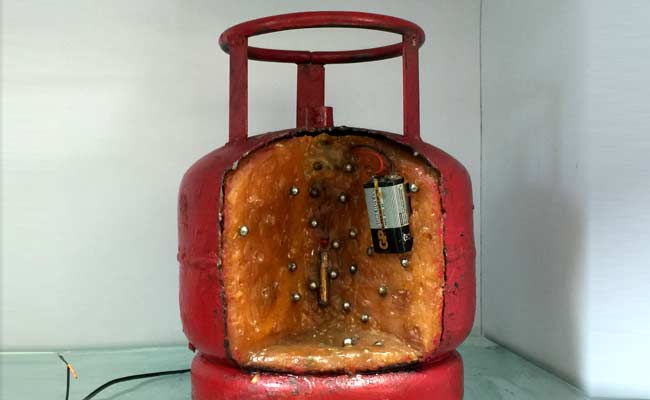
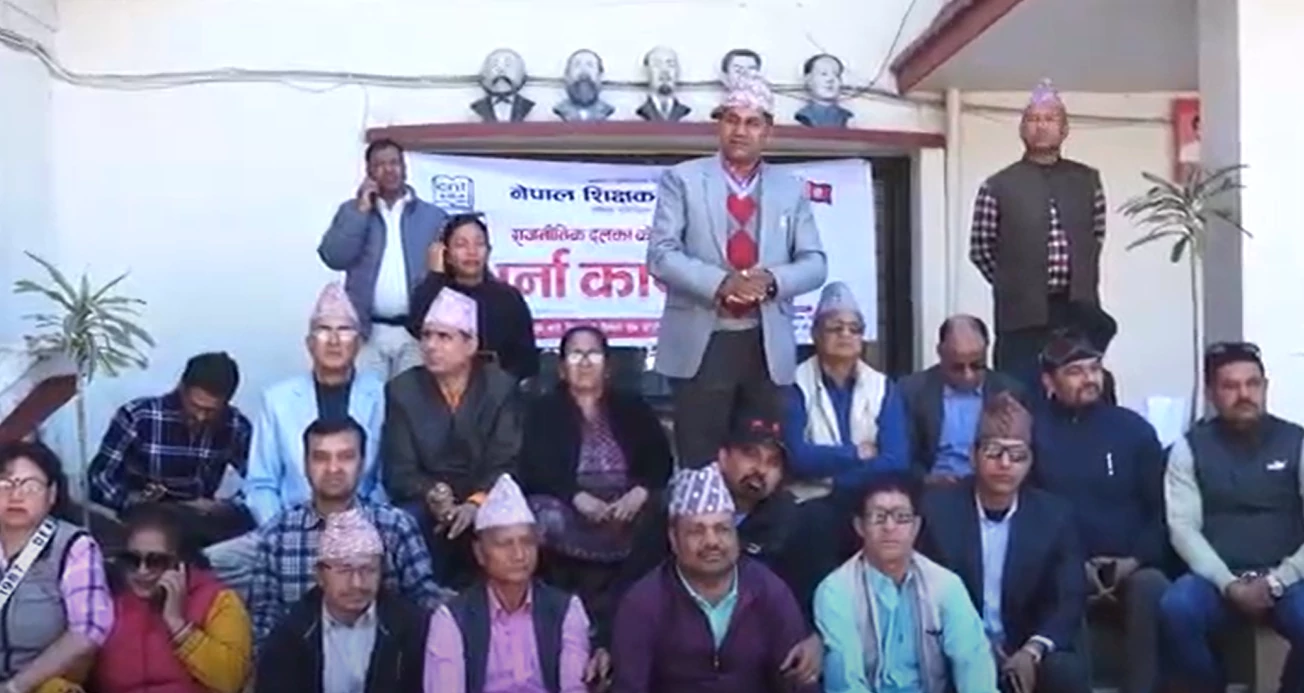
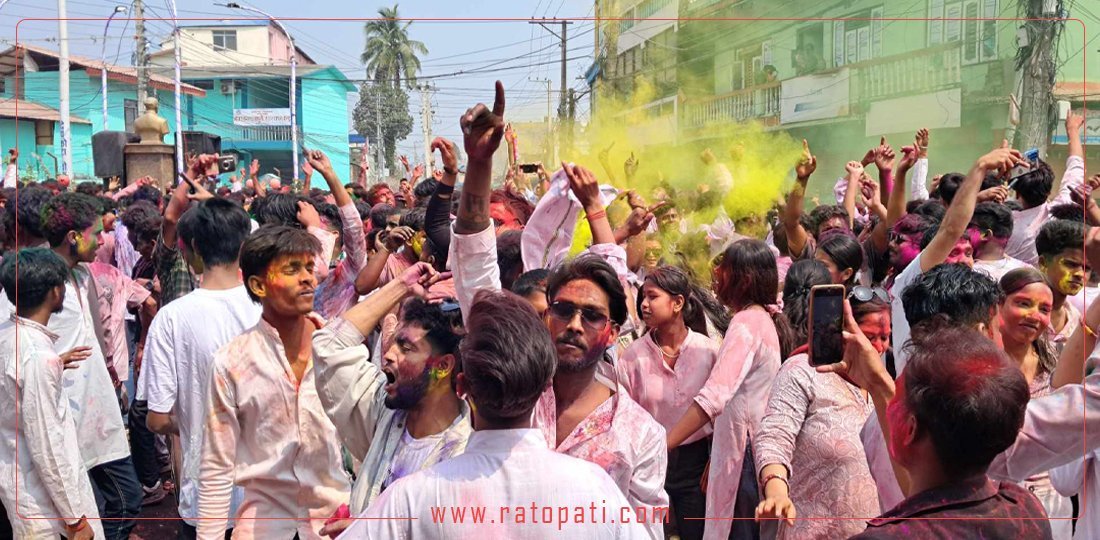

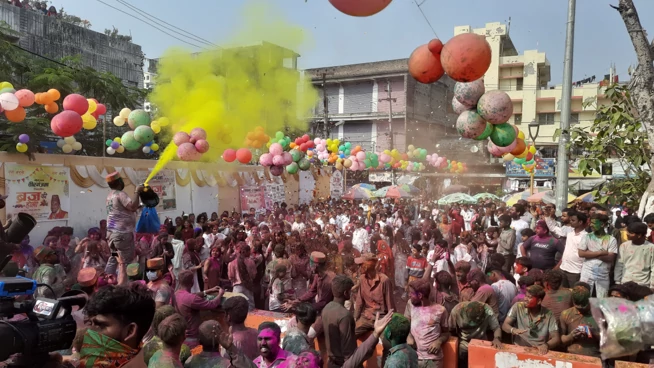
Leave Comment